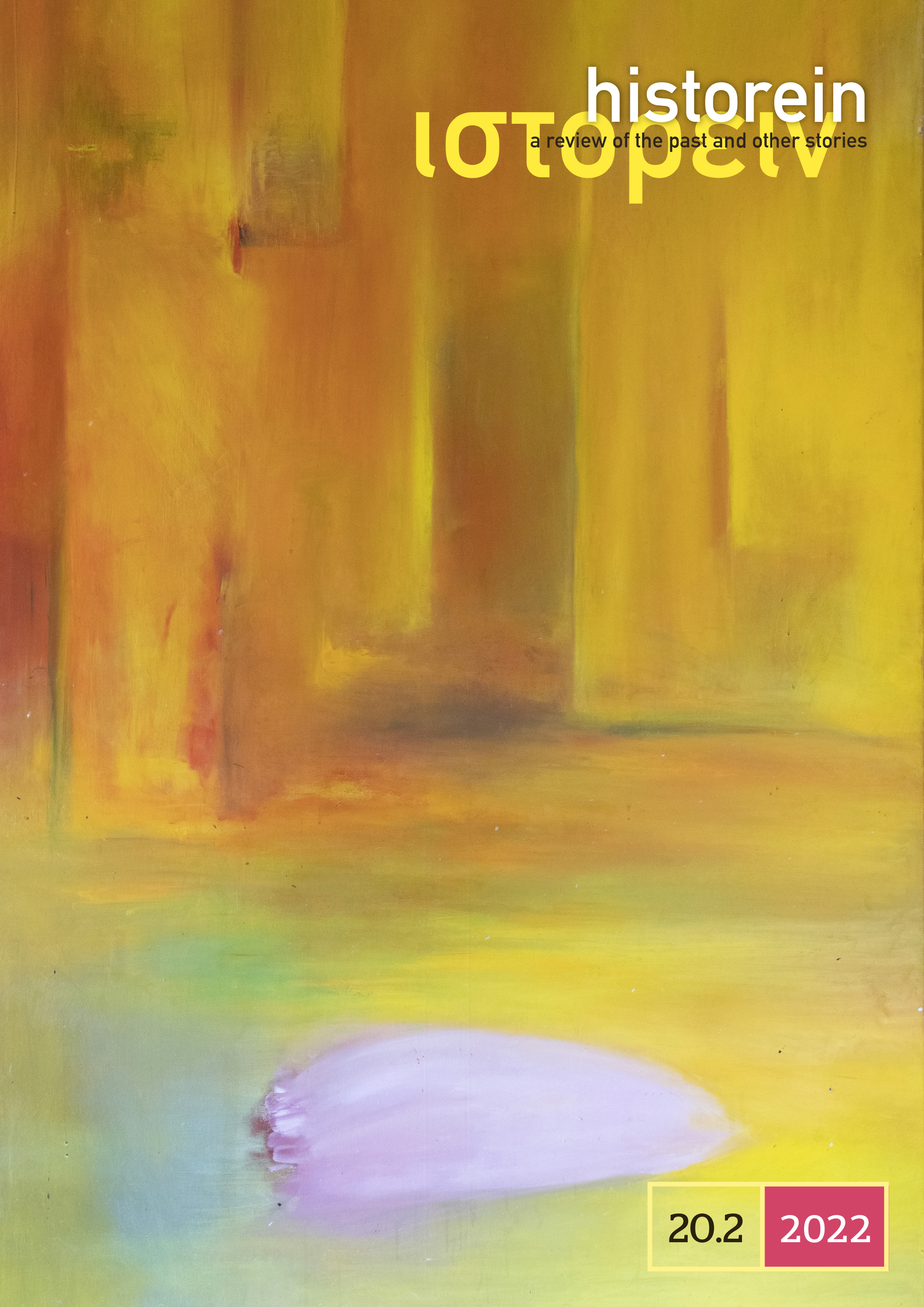Transnationalism in the Field of Art in Greece The Case of the International Exhibition of Athens in 1903

Abstract
The study examines the artistic production of the early twentieth century in Greece in the light of the transnational approach. The static myths prevalent in the historiography of Greek art in the twentieth century are revised through the study of the circulation of artists, sources, exchanges, connections, or resistances, as well as local or international participation in exhibitions regarding this period. The study of the case of the International Exhibition of Athens, including its curation and the artists who entered it, that took place in the Zappeion Megaron in 1903, proves that the Greek artistic production of the period was not marginal and belated. On the contrary, Athens, a periphery with particular geographical and cultural dynamics, interacted with the Mediterranean and the Balkans, highlighted its own networks and routes, thus managing to function as a crossroads of innovations and traditions of the wider region at the beginning of the twentieth century.
Article Details
- How to Cite
-
Papandreopoulou, K. (2023). Transnationalism in the Field of Art in Greece: The Case of the International Exhibition of Athens in 1903. Historein, 20(2). https://doi.org/10.12681/historein.30301
- Section
- ARTICLES

This work is licensed under a Creative Commons Attribution-NonCommercial-ShareAlike 4.0 International License.
The copyright for articles in this journal is retained by the author(s), with first publication rights granted to the journal. By virtue of their appearance in this open access journal, articles are free to use (with the exception of the non-granted right to make derivative works) with proper attribution for non-commercial uses (licence Creative Commons 4.0). EKT/NHRF retains the worldwide right to reproduce, display, distribute, and use articles published in Historein in all formats and media, either separately or as part of collective works for the full term of copyright. This includes but is not limited to the right to publish articles in an issue of the Journal, copy and distribute individual reprints of the articles, authorize reproduction of articles in their entirety in another EKT/NHRF publication, and authorize reproduction and distribution of articles or abstracts thereof by means of computerized retrieval systems.

